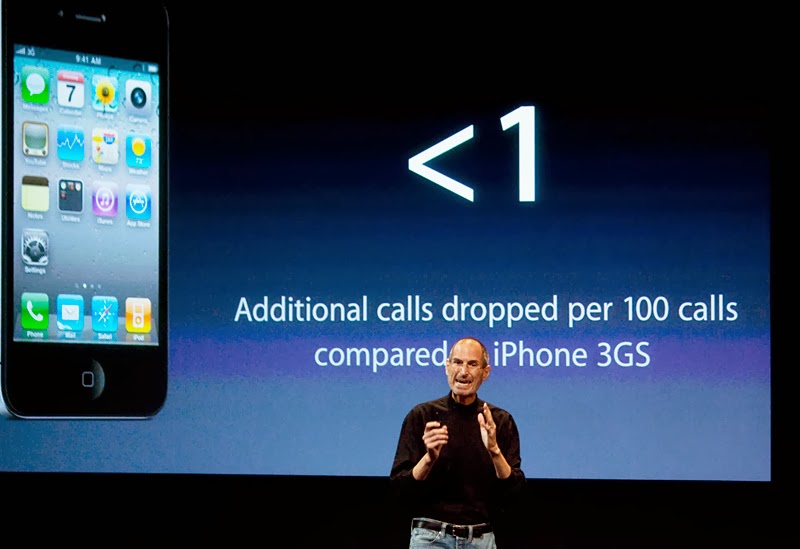- Public Policy
- Leadership
- Funding
- News & Events
- About the Center
Back to Top Nav
Back to Top Nav
Back to Top Nav
Back to Top Nav

As part of MLDP, we encourage students to take advantage of the Rockefeller Center's bonus content, which can be found on our Pinterest page by clicking here. We hope students can use the bonus content as a way of learning about real-life examples that draw on the material we teach in the program. For more information about MLDP, click here.
Marisa Wong’s 4 Keys to Creating the Ultimate Presentation Deck provides a simple yet eloquent review of the necessities of any good presentation. Although they seem quite obvious when one casually reads the four simple components of a good powerpoint, too many presentations are still, in Wong’s words, “boring, long-winded and just plain painful to look at.” Since nobody enjoys being the speaker boring audiences, it is not surprising that articles and tip guides such as Marisa Wong’s are still commonly used resources by inexperienced presenters.
Wang’s first two tips are more obvious: developing a good hook for the cover page and using creative visuals. To put it simply, people like showmanship and, with technology at the state that it is nowadays, people expect showmanship.
However, Wang’s next tip is considerably more difficult to master: the art of telling a story. After all, inserting a story into a presentation is no easy matter. Even more challenging is figuring out how to tell it in the most effective and persuasive manner. But the true power and presence of a story is Wang’s fourth tip: issuing a call to action. Unfortunately, a call cannot be easily inserted into a template. Instead, it is the lasting impact or impetus that a presenter hopes to have on his audience. If a person can leave a presentation with more knowledge and intellectual curiosity about the presenter’s topic, then the presentation satisfied all four keys, and can instill confidence in any speaker.
--Written by Alexandros Zervos ’16 , MLDP Participant Fall 2013